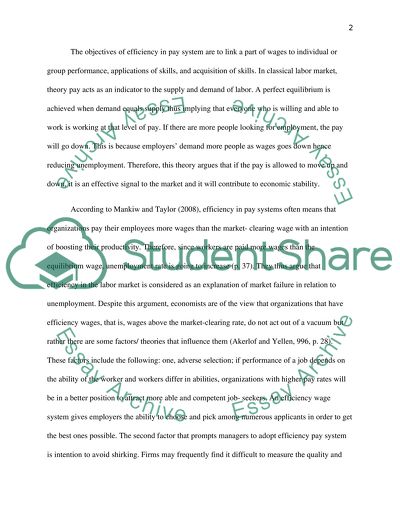Cite this document
(“Efficiency and Effectiveness in Relation to Pay Systems Essay”, n.d.)
Efficiency and Effectiveness in Relation to Pay Systems Essay. Retrieved from https://studentshare.org/miscellaneous/1584351-efficiency-and-effectiveness-in-relation-to-pay-systems
Efficiency and Effectiveness in Relation to Pay Systems Essay. Retrieved from https://studentshare.org/miscellaneous/1584351-efficiency-and-effectiveness-in-relation-to-pay-systems
(Efficiency and Effectiveness in Relation to Pay Systems Essay)
Efficiency and Effectiveness in Relation to Pay Systems Essay. https://studentshare.org/miscellaneous/1584351-efficiency-and-effectiveness-in-relation-to-pay-systems.
Efficiency and Effectiveness in Relation to Pay Systems Essay. https://studentshare.org/miscellaneous/1584351-efficiency-and-effectiveness-in-relation-to-pay-systems.
“Efficiency and Effectiveness in Relation to Pay Systems Essay”, n.d. https://studentshare.org/miscellaneous/1584351-efficiency-and-effectiveness-in-relation-to-pay-systems.


